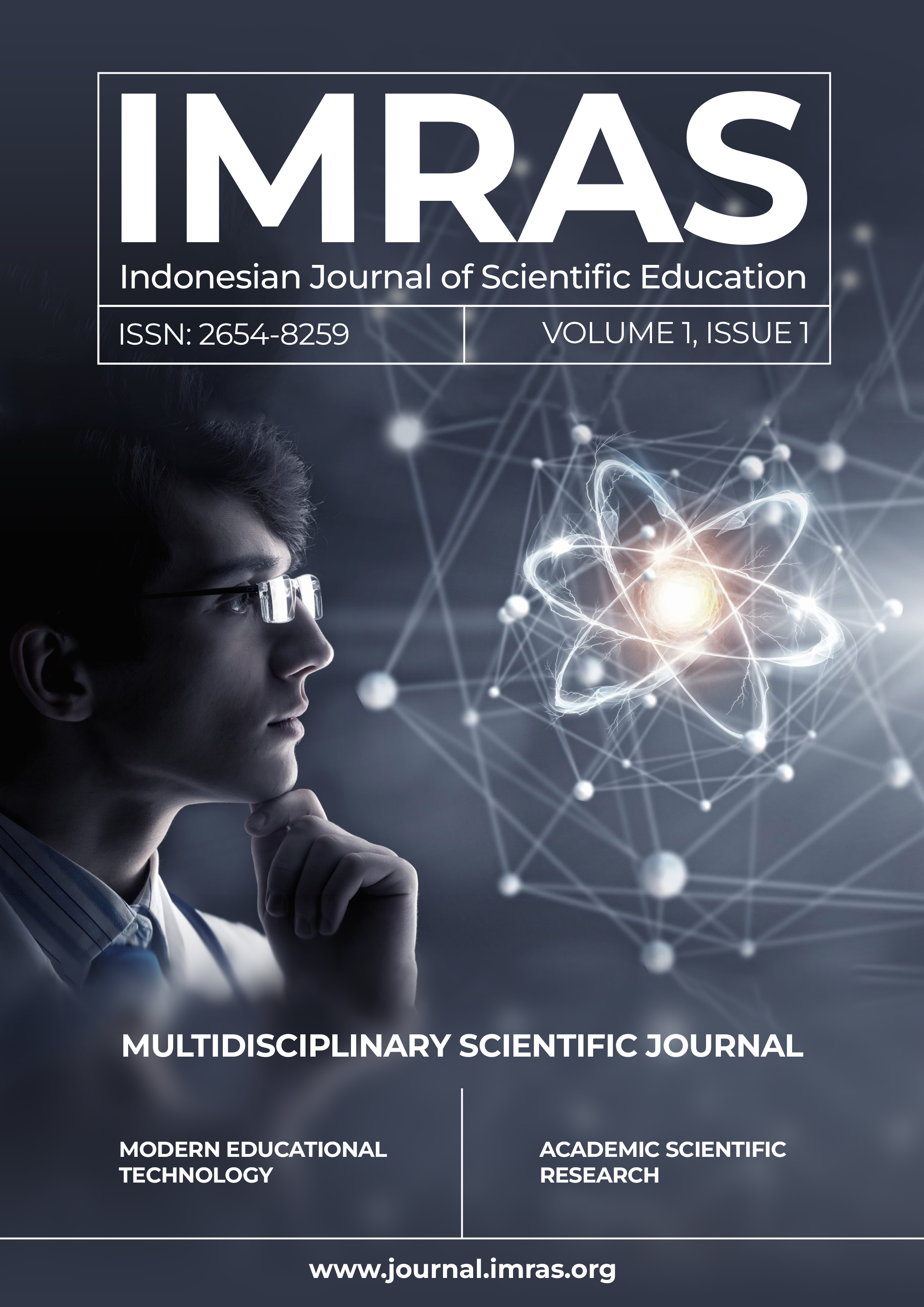ATHEROSCLEROSIS: PATHOGENESIS, DIAGNOSIS, AND MANAGEMENT
Keywords:
Atherosclerosis, cardiovascular diseases, lipid accumulation, inflammation, plaque formation, diagnosis, treatmentAbstract
Atherosclerosis is a chronic, progressive disease characterized by the accumulation of lipids, inflammatory cells, and fibrous elements in the arterial walls, leading to plaque formation and vascular narrowing. It is the leading cause of cardiovascular diseases (CVDs), including heart attacks and strokes. This article explores the pathophysiology, risk factors, diagnostic methods, and management strategies for atherosclerosis, emphasizing the importance of early detection and intervention.
References
Libby P, Ridker PM, Hansson GK. “Progress and challenges in translating the biology of atherosclerosis.” Nature. 2011.
Lusis AJ. “Atherosclerosis.” Nature. 2000.
Ross R. “Atherosclerosis—An inflammatory disease.” New England Journal of Medicine. 1999.
Virani SS et al. “Heart Disease and Stroke Statistics—2021 Update.” Circulation. 2021

